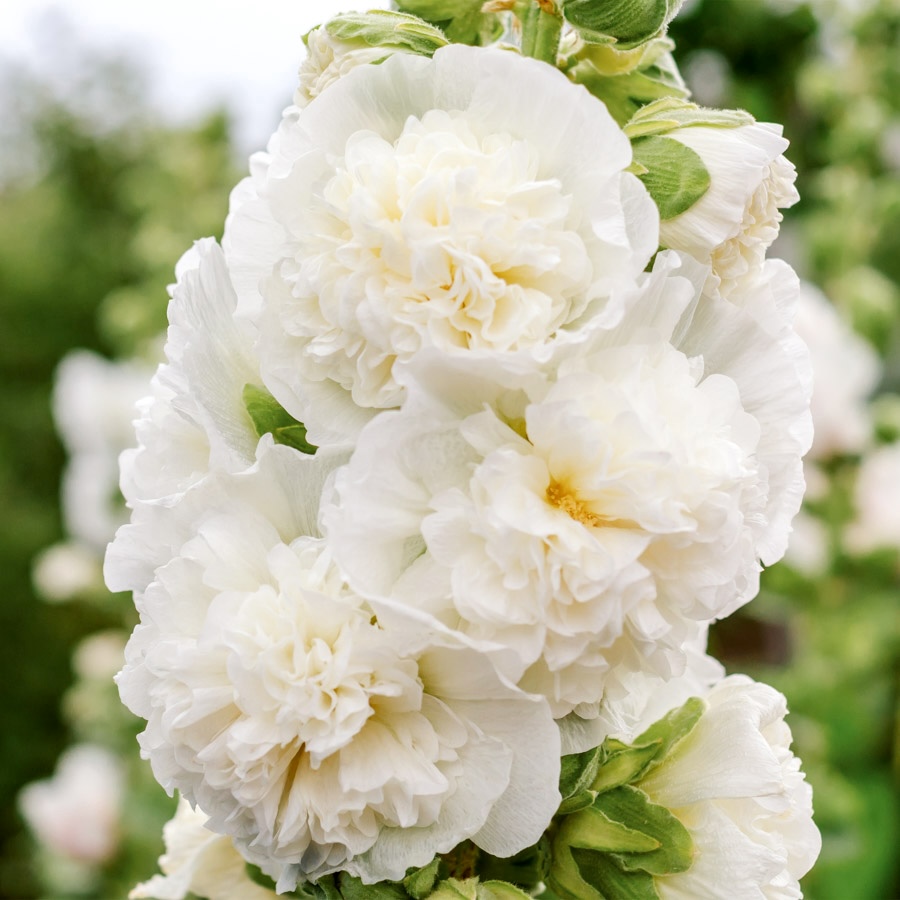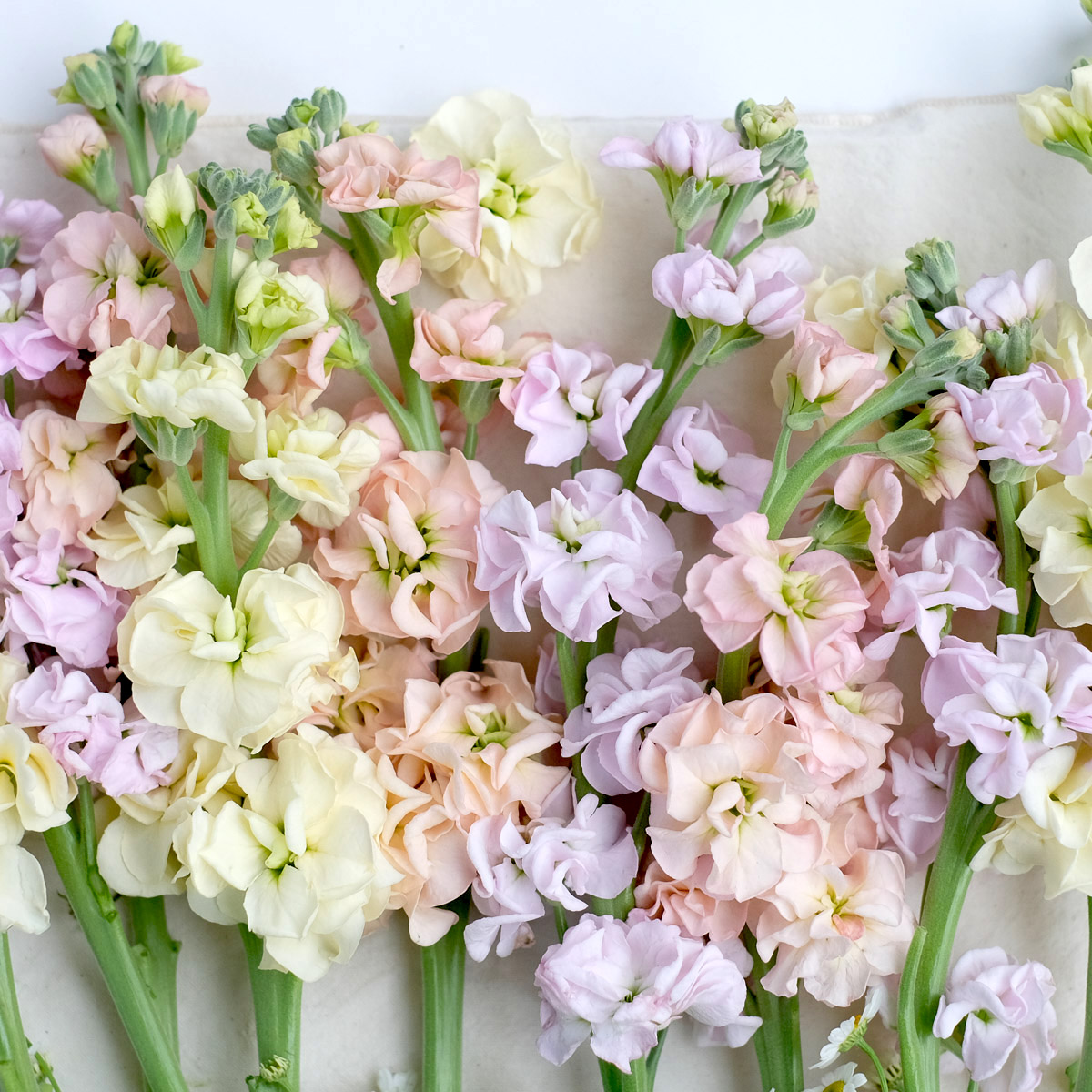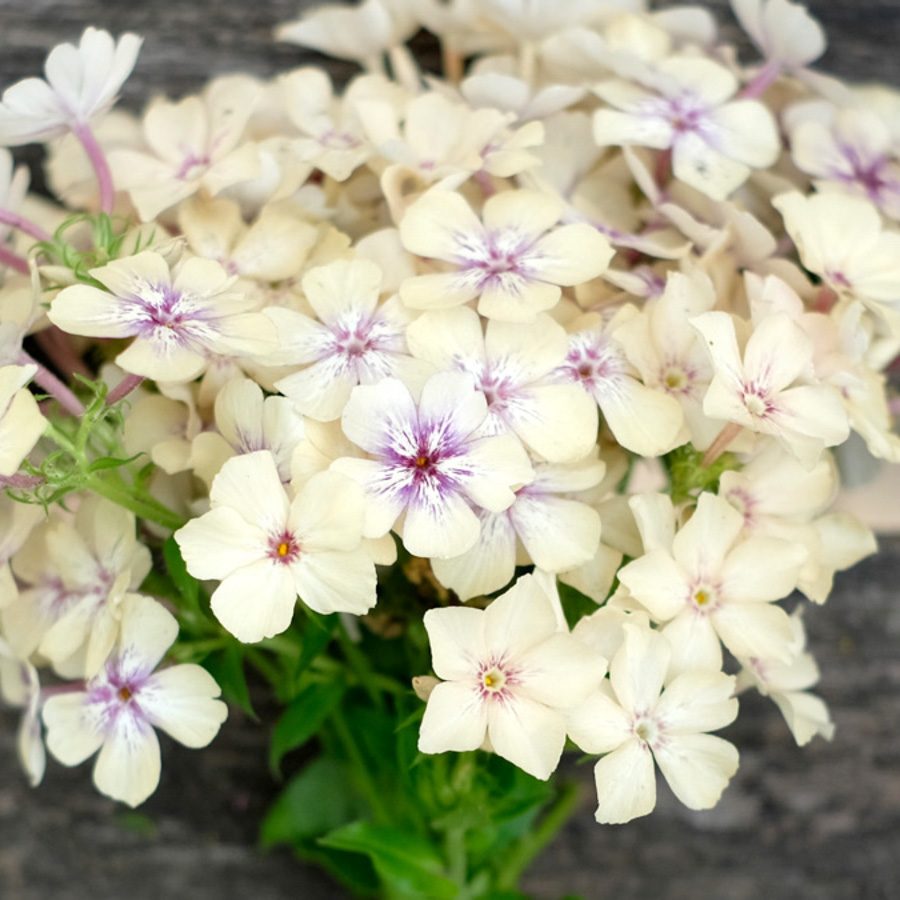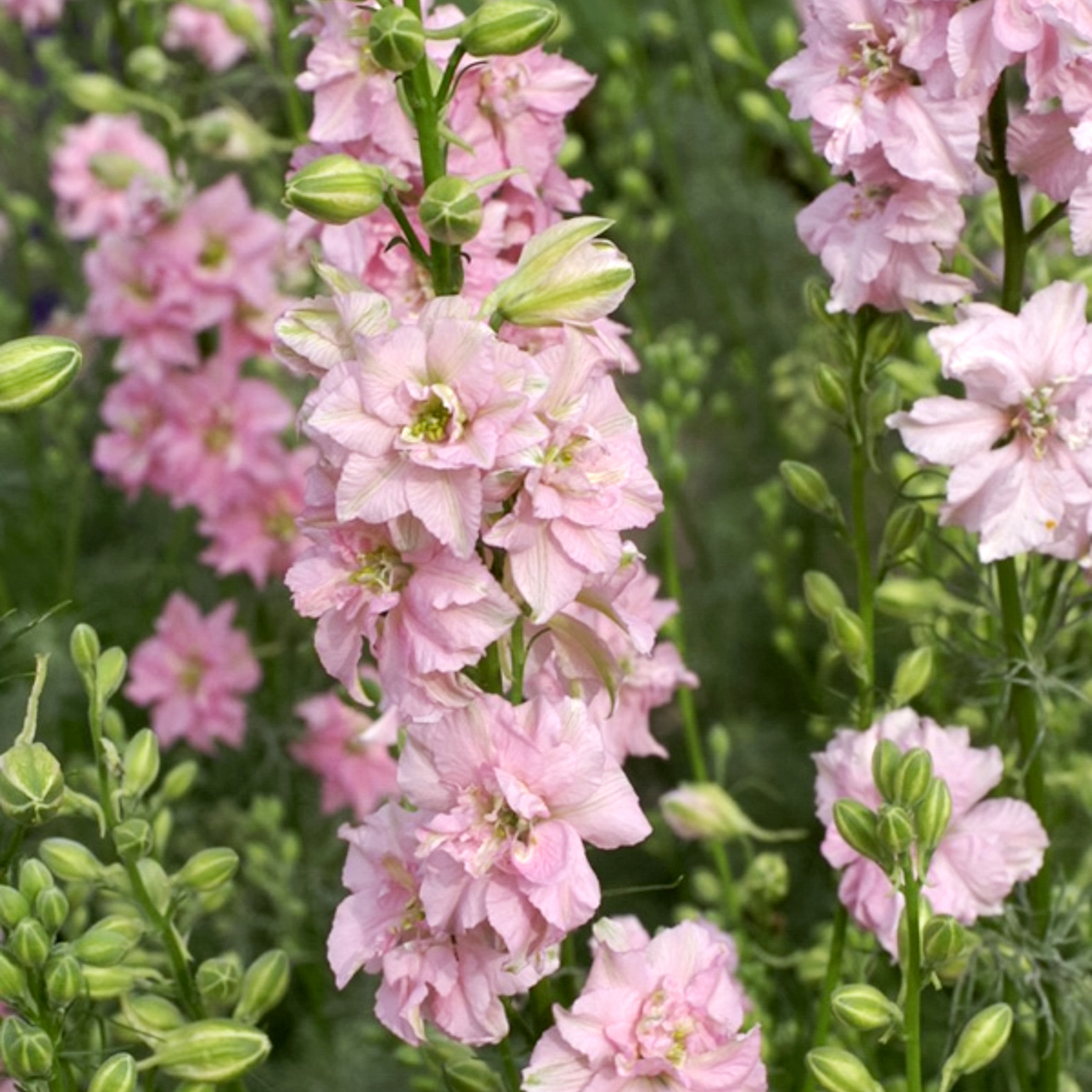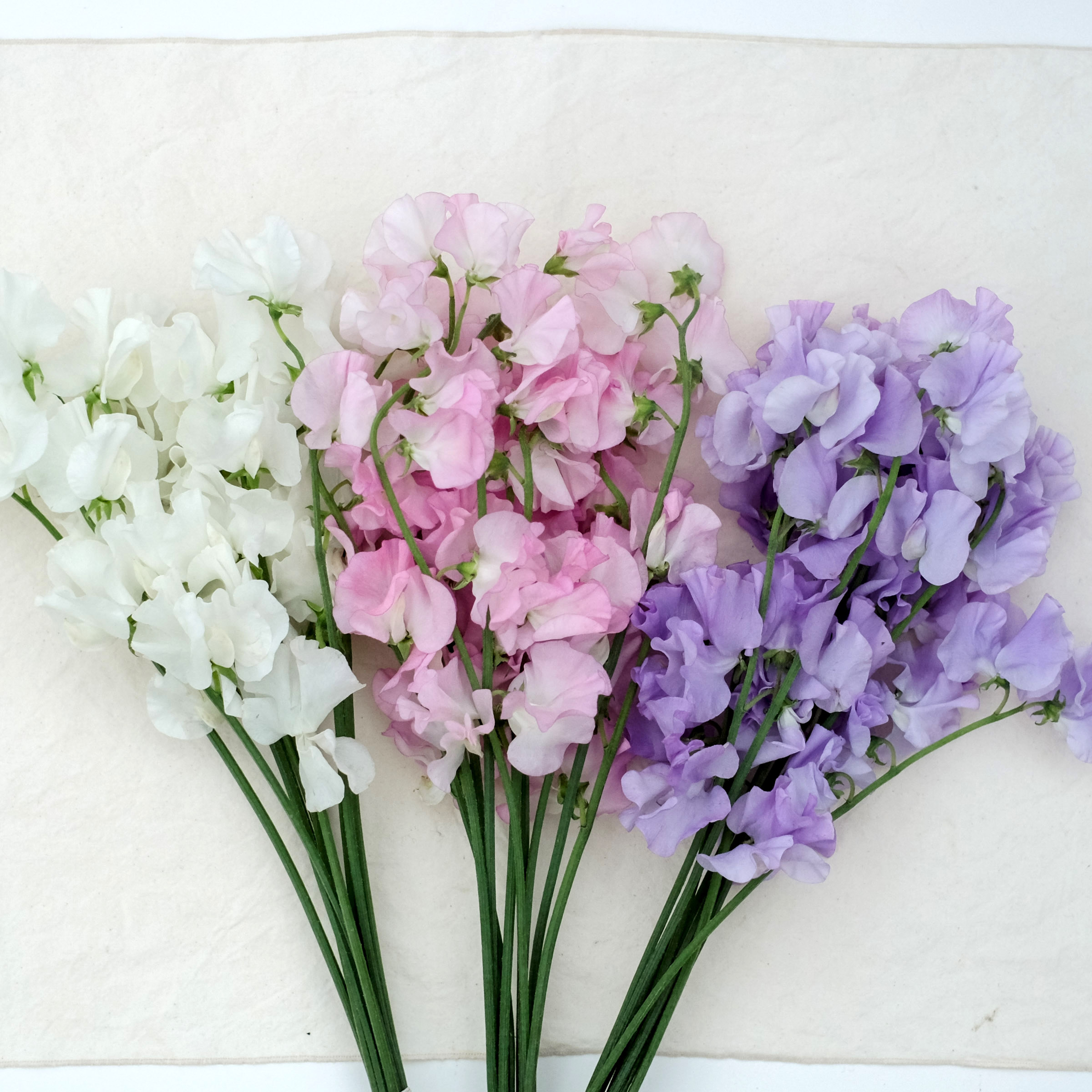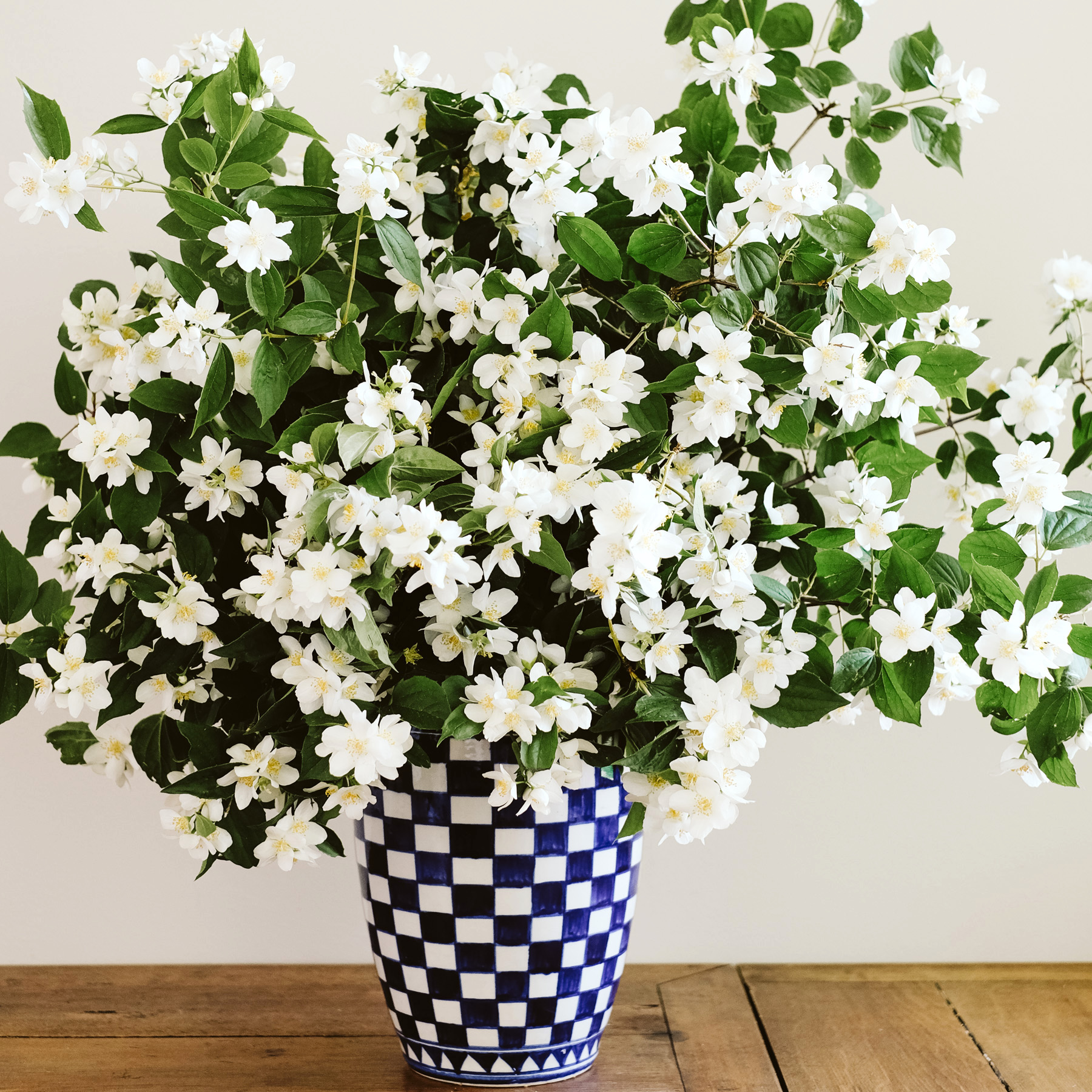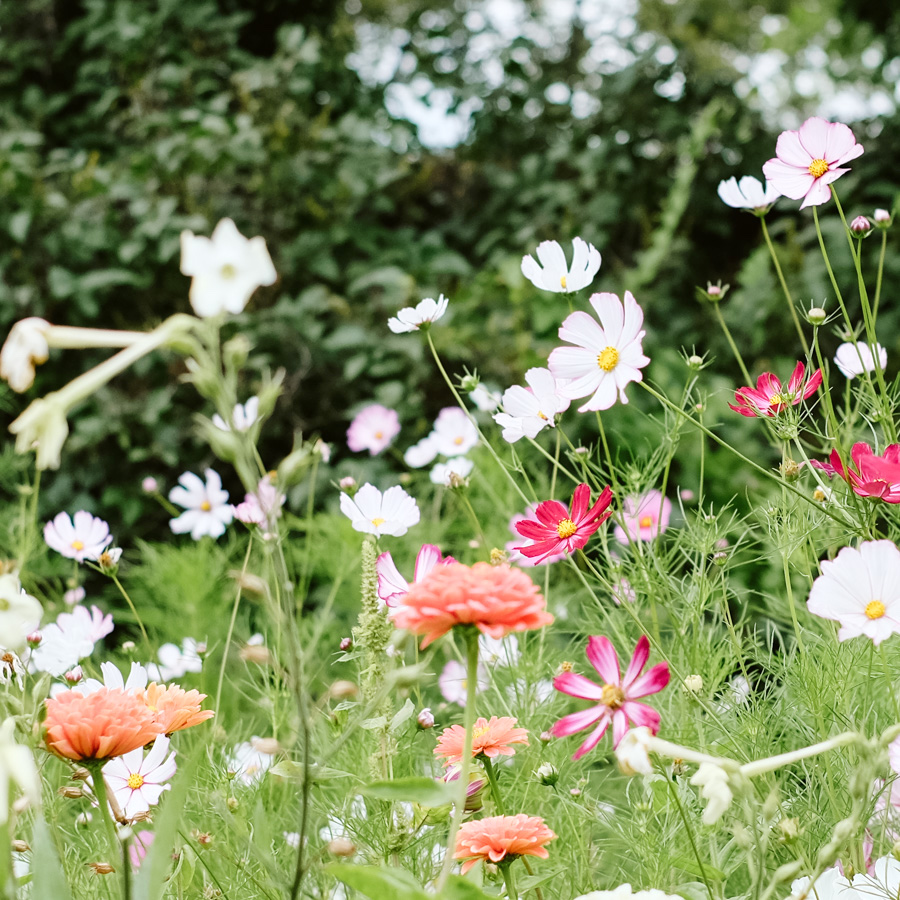Create a cut flower garden in five easy steps
Do you dream of a garden that’s a wild and enchanted sea of blooms all summer long? Of “harvesting” buckets of flowers from the garden at any given time, and of placing a few fragrant blooms in a vase in every room?
My approach to gardening changed decisively when I started growing annual flowers from seeds. Once you’ve experienced how tirelessly these plants grow and bloom, you’ll be hooked. Trying new great varieties every year brings a whole new dynamic to (gardeners’) lives.
What is a cut flower garden, anyway?
Basically, this is where you grow mostly annual (grown from seed) flowers and dahlias that are cut for the vase. Of course, you can also cut roses or perennials for the vase, but annuals and dahlias form many more flowers -even more, the more often you cut them. In theory, you can plant them among perennials, but I’m all for separating things a bit in the garden.
So a cut flower garden can be a separate bed, similar to (or part of) a vegetable garden. It’s not uncommon for me to hear of vegetable gardeners who have stolen more bed space each year from the vegetables and given it to the flowers. Harvesting flowers is -between us- more fun, as they are much easier to care for than any cabbage. And not to mention the aesthetics…
But you can also spread a cut flower garden over several, large containers. Especially in small city gardens or even on balconies and terraces you can become a flower gardener -a few square meters is already a good start!
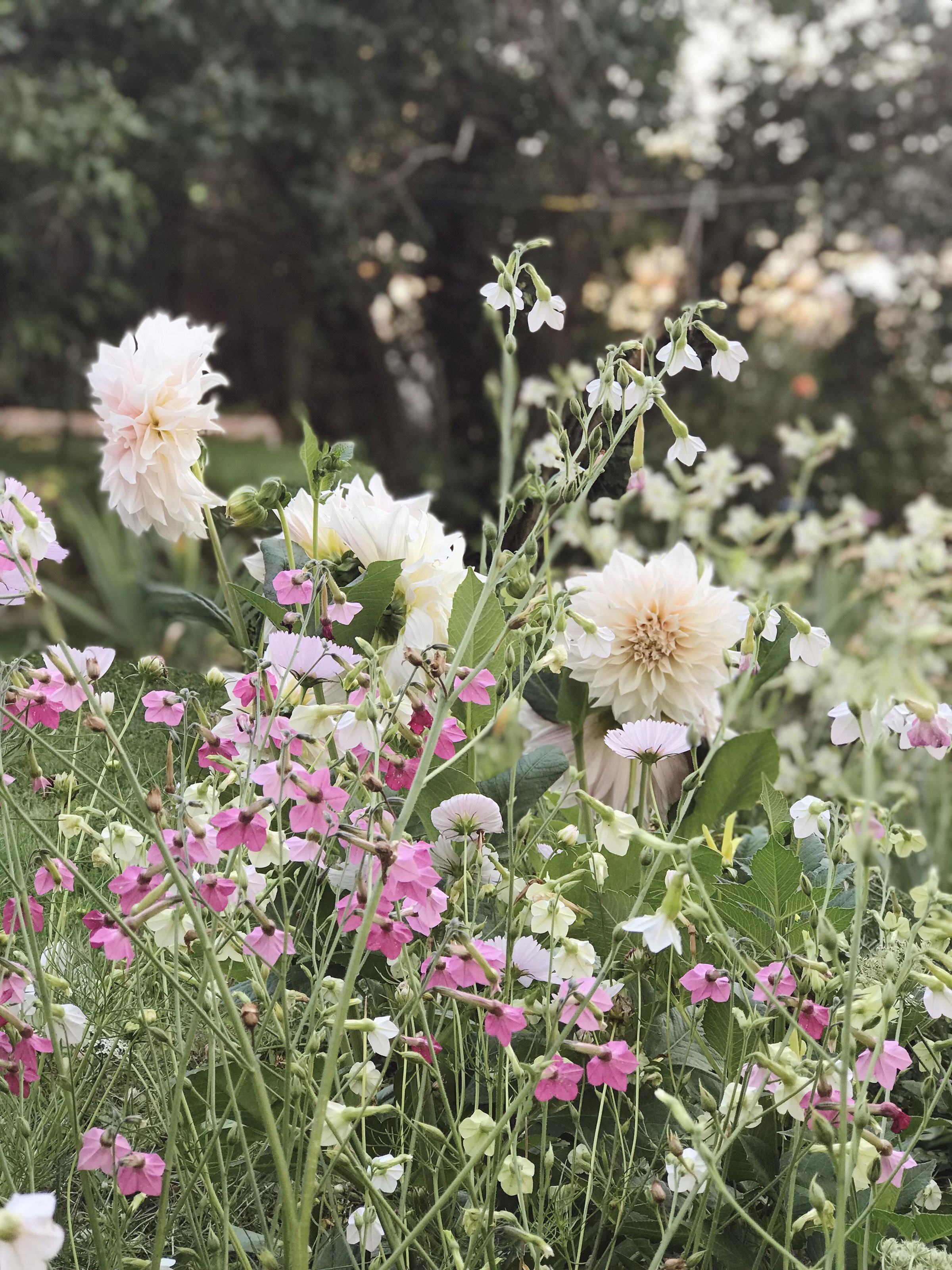
Step 1: The right location
First and foremost, the location should be very sunny. Some species such as Nicotiana or Nigellas will thrive in partial shade, but the rule still applies: more sun = more flowers.
It’s important that the soil isn’t rooted by trees or shrubs and wind is also a bugbear, as most varieties need a bit of support anyway and could snap off in a strong wind.
Step 2: Design a cut flower garden
It’s important to note: the beds should be no wider than 1.20 m and preferably accessible from all sides (against a wall or fence, I recommend a maximum of 0.80 m bed width). After all, you don’t want to contort yourself when cutting, and every step into the bed compacts the soil.
I advocate going for simplicity with the bed shape. The flowers will explode in the summer and don’t need a squiggly bed. If you find side-by-side rectangular beds too boring, you can go for a nice geometric arrangement. There’s nothing stopping you from edging with boxwood (better: holly) or similar. Personally, I like it more informal and simply dig a small furrow (10 cm deep) at the edge of the bed so that the lawn does not grow over it. By the way, all my beds in the garden are laid out with this border (which is not visible because it is covered by the plants). It is enough to trace this furrow twice a year and you have a great natural look.

Step 3: The right varieties
There are clear differences between beginner and advanced varieties. My experience in the first years was the following: beginners should definitely go for cosmeas, zinnias, nicotiana, phlox, nigellas and dill or ammi majus. Sweet peas only worked for me on the third try. Spiderflower still hasn’t (what am I doing wrong?). Of course, each variety has its own peculiarity. It is best to sow a generous number and variety and try out what feels comfortable in the garden. One thing is certain: you will get better every year and should not be discouraged by failed attempts!
Discover our fine little selection of seed varieties here

Step 4: Soil and seeding
The soil is almost the most important thing, yet it’s not witchcraft: I put in a good portion (5cm layer) of compost every year and some horn shavings. The rest is done by organic liquid fertilizer. The important thing is: the soil should be loose, weed-free and well-drained (if you have a strong clay soil, please add sand and compost!) and, of course, it should not contain building rubble (I’ve seen it all before).
There are detailed instructions for seeding in this article. Here, let’s just mention that the growing medium is crucial. For the sake of the environment, it’s best to go peat-free. We carry coconut soil, which I’ve used myself for years and am thrilled with. It doesn’t mold, is 100% biodegradable and is guaranteed to be free of weed seeds, chemicals, and pesticides. The fibrous texture promotes soil aeration and provides good root development.
In May/mid-May the plantlets can then go into the ground and here it is now important to consider height and spacing. I recommend planting a little denser than usual. Then the soil will be dense and only where no soil is visible, no weeds can grow. The high plants to the back or in the middle of the bed, the low ones to the front, that is actually clear. The important thing is: the tall ones must not shade the low ones.
In large cut flower gardens, a few square feet are allotted to each variety, as in vegetable gardening. I personally do it differently: I plant cut flower beds like perennial beds: I group varieties a 3-10 plants and repeat these groups at least 3 times in the beds. A bouquet always lives from the combination of different species and varieties and in a bed it is no different. Aesthetics are created through the most beautiful combinations and I love it when different plants grow into each other, interweave, form a great whole. This creates fantastic planting pictures and the garden takes on a wild, mystical touch.
Discover our garden tools and great seeding accessories here

Step 5: Care and pruning
Caring for annual cut flowers is easier than most vegetables. Personally, I don’t grow vegetables at all and prefer to buy from the regional Demeter farm. To be honest, it tastes much better (they just know more about the stuff than I do) and is of course hugely time saving. I’d rather drink homemade soda with my kids in the garden than spend hours crawling through the patch every weekend. That’s why a cut flower garden is ideal for people like me: When my fingers are tingling garden-wise, but it’s still too cold outside, I diligently sow indoors. And when summer starts, most of the work is already done. Ok, watering, a few watering cans of fertilizer every fortnight (the kids help) and of course cutting flowers. Whereas the latter really never feels like work, more like reward. Every square foot of lawn is more work!
A few more tricks: cutting flowers should not be done at the gaudy time of noon, and put the cut stems right away in water in a cool shady place to rest.
Some varieties need a little support. But since I find stretched-out nets for the flowers to grow into too ugly, I don’t do anything for now and wait and see: after all, often densely planted annuals support each other. If help is needed, I take thin wooden sticks and tie the plants to them. I do the same with dahlias. Many large-flowered varieties need this help (if you want dahlias that are easier to care for, you’d better go for the pompon form).
If it does not work out with the little plants, it is often due to the need for water and fertilizer, which is often underestimated. Lack of water or even drying out is poison for most varieties, and a good two-week fertilization (preferably with organic liquid fertilizer) is absolutely advisable.
So, now nothing stands in the way of that new “cut flower garden” garden project! If you grow gardens like this with our seeds, I’d love to see photos of them. With your permission, I’ll be happy to post them on Instagram and link you, of course, if you have an account. Feel free to send the pictures and your experiences to studio@joradahl.de
Yours
Jora
Related Posts
Newsletter
Free Download! GET JORA-DAHL GIFT PAPER FOR SELF-PRINTING
.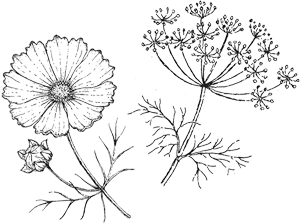
Subscribe to get news first and to receive helpful gardening tips as well as discounts in the shop. Please also check your spam folder for the confirmation link.
.
